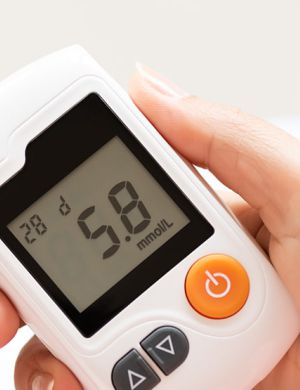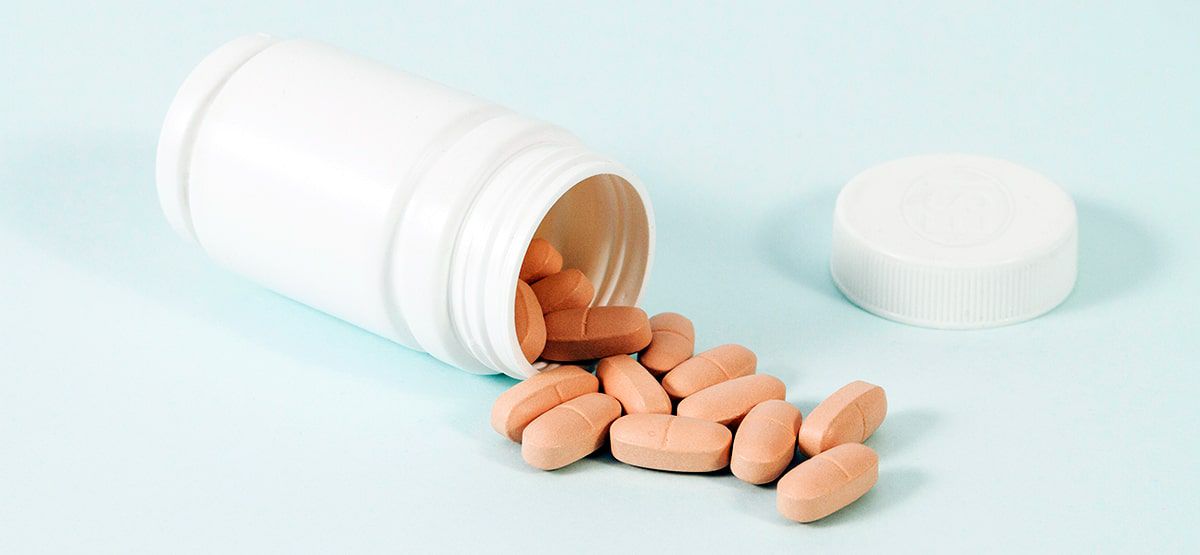
Pharma/Biotech – Asia, ROW Regulatory News, April 2023 Vol. 2
ASIA
Malaysia
Declaration of Worldwide Registration Status for Generic Medicines in QUEST System
All new applications for Generic Medicines (Prescription-Full) shall declare its worldwide registration status (WWRS) using this specific template [effective date: 13/3/2023]. The link is below for the template or it can be obtained from NPRA website [Industry-Generic Medicines-Downloadable Forms]:
Template-for-Declaration-of-Worldwide-Registration-Status-WWRS-E15
Approved Clinical Trial Import License & Clinical Trial Exemption (CTX) Application
Malaysia drug regulatory authority, NPRA published Approved Clinical Trial Import License & Clinical Trial Exemption (CTX) Application.
Malaysia’s NPRA posts analysis of GMP deficiencies
Malaysia’s National Pharmaceutical Regulatory Authority (NPRA) has released an analysis of the good manufacturing practice (GMP) inspections it conducted at home and abroad last year, revealing trends in the types of deficiencies identified by its staff during routine assessments of production facilities. Last year, NPRA conducted 52 GMP inspections of pharmaceutical facilities, two of which were found to be unacceptable and faced regulatory actions. NPRA divided its analysis of the deficiencies identified by its inspectors based on the Pharmaceutical Inspection Co-operation Scheme’s (PIC/S) guide to GMP for medicinal products.
Guideline on electronic labelling (e-labelling) for pharmaceutical products in Malaysia
This document serves as a guide for the implementation of voluntary e-labelling. The document shall be reviewed when necessary. The implementation of e-labelling is voluntary and applies to new drug products, biologics and generic products containing scheduled poisons for human use only. Extension of e-labelling to other product categories will need to be further reviewed. Acceptable e-labelling formats E-labelling shall be presented in a QR code on the outer carton/inner label of the product that translates to NPRA QUEST3+ page which displays the same product information in a pdf format. The format would allow optimized viewing on any electronic devices such as smartphones/ laptops/ tablets.
Japan
Precautions for Handling of Sustained-Release preparations
PMDA published Precautions for Handling of Sustained-Release preparations. Properties of sustained-release preparations and risks when crushed, Prevention of administering crushed tablets using a prescription ordering system are published.
Singapore
Import and supply of an unregistered therapeutic product for patients’ use
This guidance outlines the special access route under regulation 5(1)(b)(i) and 51 of the Health Products (Therapeutic Products) Regulations for the import of an unregistered therapeutic product, as well as its subsequent supply under regulation 58(1)(f) and (g) of the Regulations. These regulations serve to facilitate access to life-saving therapies where there is an unmet medical need, such as in situations where treatment option is absent, and the patient’s health will be clinically compromised without treatment with the unregistered therapeutic product.
Application for consignment approval of an unregistered therapeutic product for patients’ use
Singapore drug regulatory authority, HSA published signed request for named-patient application type. This should be completed by the requesting doctor or dentist).
Signed request for buffer stock application type
HAS published application for consignment approval of an unregistered therapeutic product for patients’ use. All applicants must comply with the health products act (hpa) and its regulations. This is signed request for buffer stock application type (To be completed by the requesting doctor, dentist or pharmacist).
Industry consultation on electronic common technical document (ECTD) implementation
HSA is planning to introduce eCTD to enable full e-submissions thereby minimizing the need for submitting documents using storage media such as CD/DVD ROMs. The initial launch will be open to new drug applications, generic drug applications and their corresponding Drug Master File (DMF) submissions. HSA will adopt a phased approach and the use of eCTD for dossier submissions will be on a voluntary basis.
Pakistan
DRAP issued Consolidated Notification for Regulatory Fees
Drug Regulatory Authority of Pakistan (DRAP) issued a consolidated notification of Regulatory fees for various functions and services. The Drug Regulatory Authority of Pakistan with the approval of the Policy Board has specified these regulatory fees for registration, renewal, and variation for drugs and devices.
Compliance to the Notice Dated 13-03-2023 with Regard to Specifications and Data-related Activity in PIRIMS
DRAP has deployed an online application management system Pakistan Integrated Regulatory Information Management System. All registration holders of pharmaceutical and biological products should update finished product specifications and validated method of testing. After the lapse of due time, necessary regulatory fee may apply.
ROW
Saudi Arabia
Specifications: Test Procedures and Acceptance Criteria for New Veterinary Drug Substances and New Medicinal Products: Chemical Substances (VICH GL39)
This guideline is adopted from a revised version of the VICH Guideline39 on specifications: Test Procedures and Acceptance Criteria for New Veterinary Drug Substances and New Medicinal Products: Chemical Substances. This guideline intends to assist to the extent possible, in the establishment of a single set of global specifications for new veterinary drug substances and medicinal products. It provides guidance on the setting and justification of acceptance criteria and the selection of test procedures for new drug substances of synthetic chemical origin, and new medicinal products produced from them.
Guidance on Submission of Chemistry, Manufacturing, and Control (CMC) Information for Cell-based Clinical Trial Applications
This guideline addresses the specific documentation requirements for evaluation of Chemistry, Manufacturing, and Control Information parts in Investigational New Drug Applications (INDs) submitted to the Saudi Food and Drug Authority. The IND submission should contain the following sections, if appropriate: Characterization of Investigational Product, Product manufacturing – Raw Materials and Components, Product Manufacturing – Process Description, Analytical Testing of Investigational Product, Release Criteria of Investigational Product, Stability of Investigational Product, Other issues.
Australia
Australia seeks input on health technology assessment policy
The Australian government has started a series of consultations into whether its health technology assessment (HTA) policy and methods are working effectively. Australian officials agreed to review the HTA policy as part of the strategic agreement they reached with the medicines industry in 2021. At that time, the government committed to reform its process to ensure that Australians can access breakthrough new medicines as early as possible and to support the robust and uninterrupted supply of treatments for use every day.
Section 19A application form to import and supply substitute medicines
TGA published Section 19A application form to import and supply substitute medicines. It includes sections applicant details, application type, availability of goods, medicine intended for importation or supply, justification that approval is necessary, packaging and labelling, distribution of medicine, details of manufacture.
Brazil
New subject code available for impurity qualification evaluation
ANVISA informs that a new subject code is available: 12224 – RDC 359/2020 – Assessment of the safety limit of impurities (guides ICH Q3A, Q3C, Q3D, M7 and their updates), created with the objective of complying with RDC 359/ 2020. The new code must be used by companies when there is a safety limit regarding impurities and degradation products to be evaluated by ANVISA, within the scope of RDC 359/2020 and Guides ICH Q3A(R2), ICH Q3(R8), ICH Q3D, ICH M7(R1) and its upgrades. It should be noted that limits published by the ICH in guides Q3C, Q3D, M7 in step 4 are considered accepted by ANVISA and do not require an addition to the qualification of impurities for evaluation.
ANVISA publishes three new guides on drug registration
ANVISA has published three new guides with guidelines for submitting registration requests for new or innovative synthetic and semi-synthetic drugs. The following guidance documents were published this Monday (3/27): Guide for submission of new or innovative synthetic and semi-synthetic drug registration through the complete development path (Guide 59/2023), Guide for submission of new or innovative synthetic and semi-synthetic drug registration through the abbreviated development route (Guide 60/2023), Guide for submission of registration of synthetic, semi-synthetic and radiopharmaceuticals based on scientific literature (Guide 61/2023). The guides express Anvisa’s understanding of the best way to comply with the technical requirements of RDC 753/2022 and other related standards regarding the proof of safety and efficacy of a new or innovative medicine.
Learn how to apply for an import license through LPCO
ANVISA published a booklet with guidelines on Petitioning for an Import License by Means of Licenses, Permissions, Certificates and Other Documents – LPCO (version 4.8). The booklet was prepared with a view to creating the Import Licensing (LI) petition flow in the Solicita System, through the LPCO module of the Single Foreign Trade Portal (Siscomex). The purpose of the publication, is to present step-by-step instructions and general guidelines on how to submit documents electronically to the Agency.
User gains platform for reporting adverse events
Anvisa and the Ministry of Management and Innovation in Public Services (MGISP) launched on an experimental basis, this Thursday (3/30), the e- Notivisa platform. The new online system allows the user to notify the manufacturer directly of unwanted or unexpected effects (adverse events). In addition, quality problems of products subject to sanitary surveillance can be reported. From the notifications, the manufacturers will be able to investigate the reports and respond to the citizen and Anvisa about the problem and the measures adopted in relation to the complaints.
South Africa
Quality and Bioequivalence Review Template
SAPHRA published Quality and Bioequivalence Verified Review Template, OF-PEM-PRE-01Q and Quality and Bioequivalence Abridged Review Template, OF-PEM-PRE-01P. These templates will be used for assessment in cases where the applicant’s product has been registered with a recognized regulatory authority (RRA).
Don’t miss out! Click here to stay in touch.
Categories
- Biopharma (47)
- Consumer Health (15)
- Cosmetics (8)
- Diagnostics (5)
- Digital Health (8)
- Food (2)
- Medical Device (100)
- OTC (4)
- Regulatory Intelligence (5)
- Standards (41)
Recent Blogs
Get the latest updates from Vistaar

CONNECT WITH US

Let's talk about how DDi can help you







